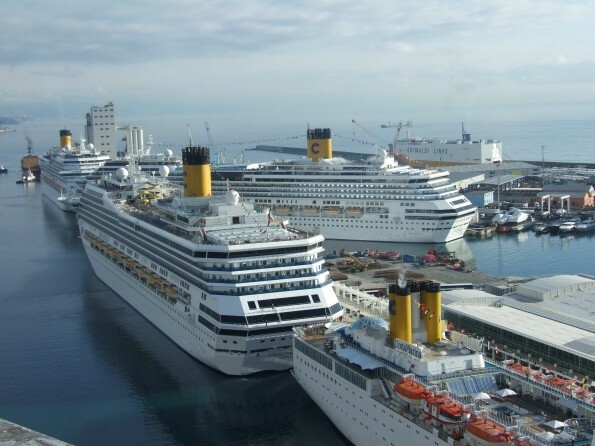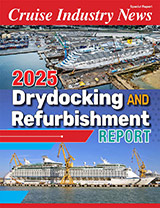 The first-come-first-serve rule is one example of the challenges facing Mediterranean cruise ports vis-à-vis congestion and cultural differences as vacations at sea become more popular worldwide. Many cruise lines want certainty when it comes to docking, while the ports want discretion to put ships where they want.
The first-come-first-serve rule is one example of the challenges facing Mediterranean cruise ports vis-à-vis congestion and cultural differences as vacations at sea become more popular worldwide. Many cruise lines want certainty when it comes to docking, while the ports want discretion to put ships where they want.
With double-digit annual growth in the Mediterranean, ports and cruise lines are working to iron out differences in outlook and practices to find methods that work for everyone, and with the cruise passenger – who also represents potential future land tourism – in mind.
The cruise industry is booming in the Mediterranean, which presents challenges to ports of all sizes – small, ancient ports struggle to accommodate ships that may double a town’s population for a day, while larger, famous venues such as Venice struggle to schedule all the vessels that want to call there.
Also cluttering up the scene are stakeholder perceptions and agendas, according to Philip Naylor, geneal manager of fleet. Marine and shore operations for Carnival UK. Residents of port towns, especially small ones, tend to see the ships and their incoming passengers as an invasion rather than as market wealth, Naylor said, failing to notice that passengers spend money onshore, as do crew members. Cruise lines don’t fare much better given residents’ perceptions of the “creeping criminalization” of the cruise companies. He said everyone – ports, cruise lines and tourism officials – must work to dispel these misperceptions.
Besides issues like berth control, other cultural snags include coming into a port on a Sunday and finding everything closed, said Tom Wolber, senior vice president of operations at Disney Cruise Line, which sailed the Disney Magic in the Mediterranean last summer.
At the same time Wolber cautioned the ports to “maintain authenticity” and avoid homogenizing as they try to expand and accommodate growing passenger volumes. “If every stop is the same, they will lose interest,” he added.
Excerpted from the Cruise Industry News Quarterly Magazine: Spring 2008



